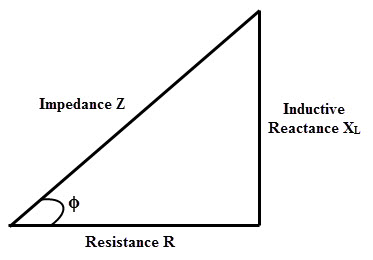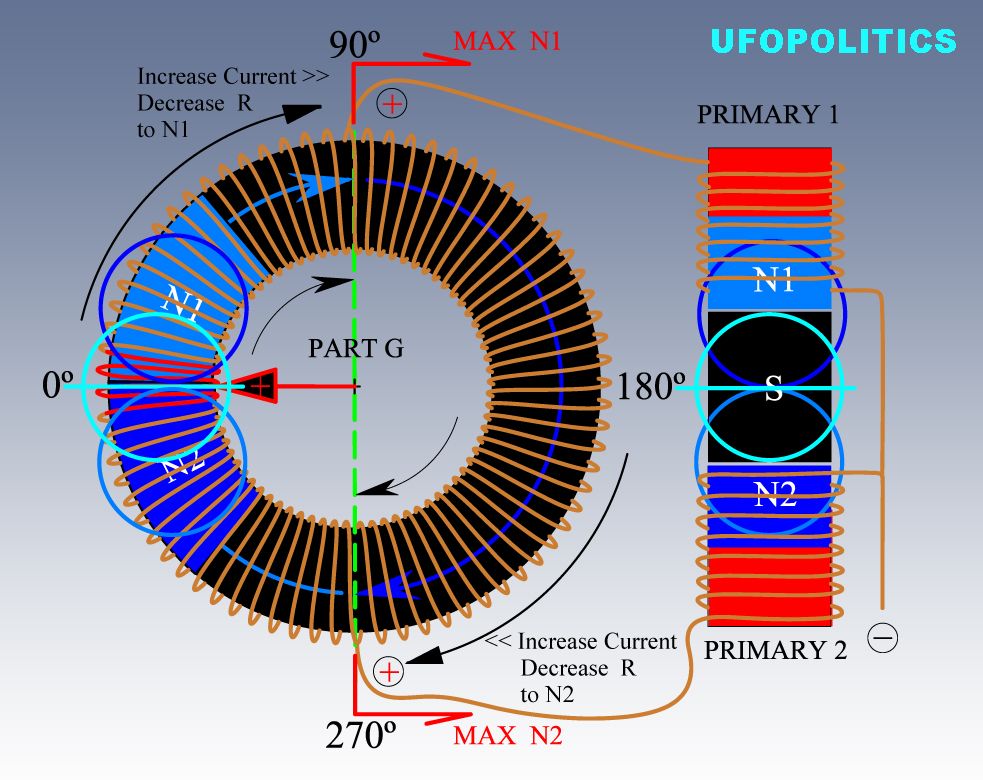part G
If you wind part G with regular wire like in a regular variac the distance between winding"s (gaps) are huge and will cause rotation problems as part G does not need a large amount of winding's to get currant change. so to alleviate this problem use wider wire so there are no large gaps so the brush will rotate smoothly. if you can find a way around this by all means have at it.
it has nothing to do with the thickness of the wire in essence just the width that is important. that is part of the reason i chose small toroids then stacked them to get the proper va rating so i have lower winding count.
again the patent says commutator bars but in reality they are wide winding's on the core.
just remember to have more headroom then you need of at least 500 va larger then your primaries will consume.
MM
If you wind part G with regular wire like in a regular variac the distance between winding"s (gaps) are huge and will cause rotation problems as part G does not need a large amount of winding's to get currant change. so to alleviate this problem use wider wire so there are no large gaps so the brush will rotate smoothly. if you can find a way around this by all means have at it.
it has nothing to do with the thickness of the wire in essence just the width that is important. that is part of the reason i chose small toroids then stacked them to get the proper va rating so i have lower winding count.
again the patent says commutator bars but in reality they are wide winding's on the core.
just remember to have more headroom then you need of at least 500 va larger then your primaries will consume.
MM






Comment